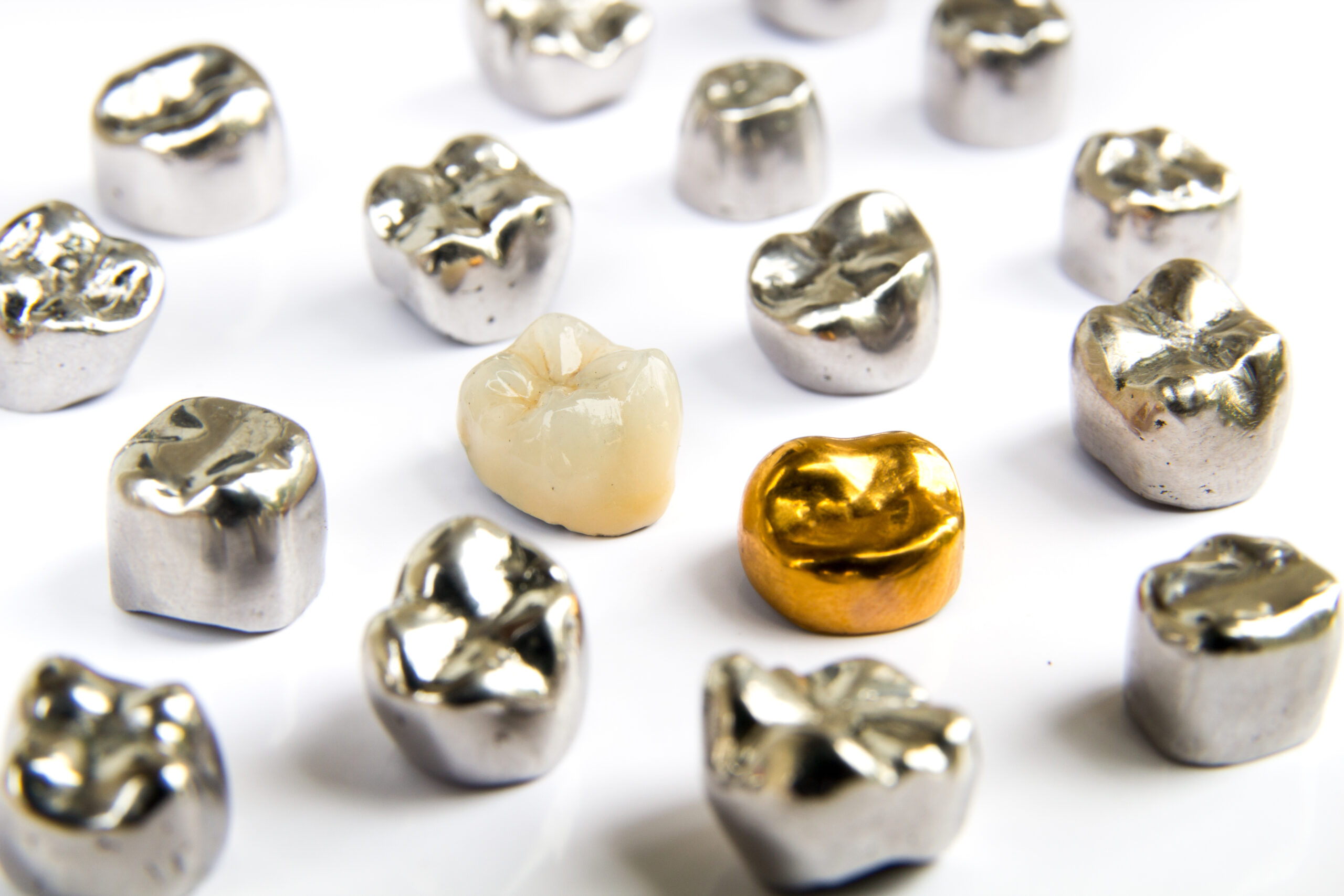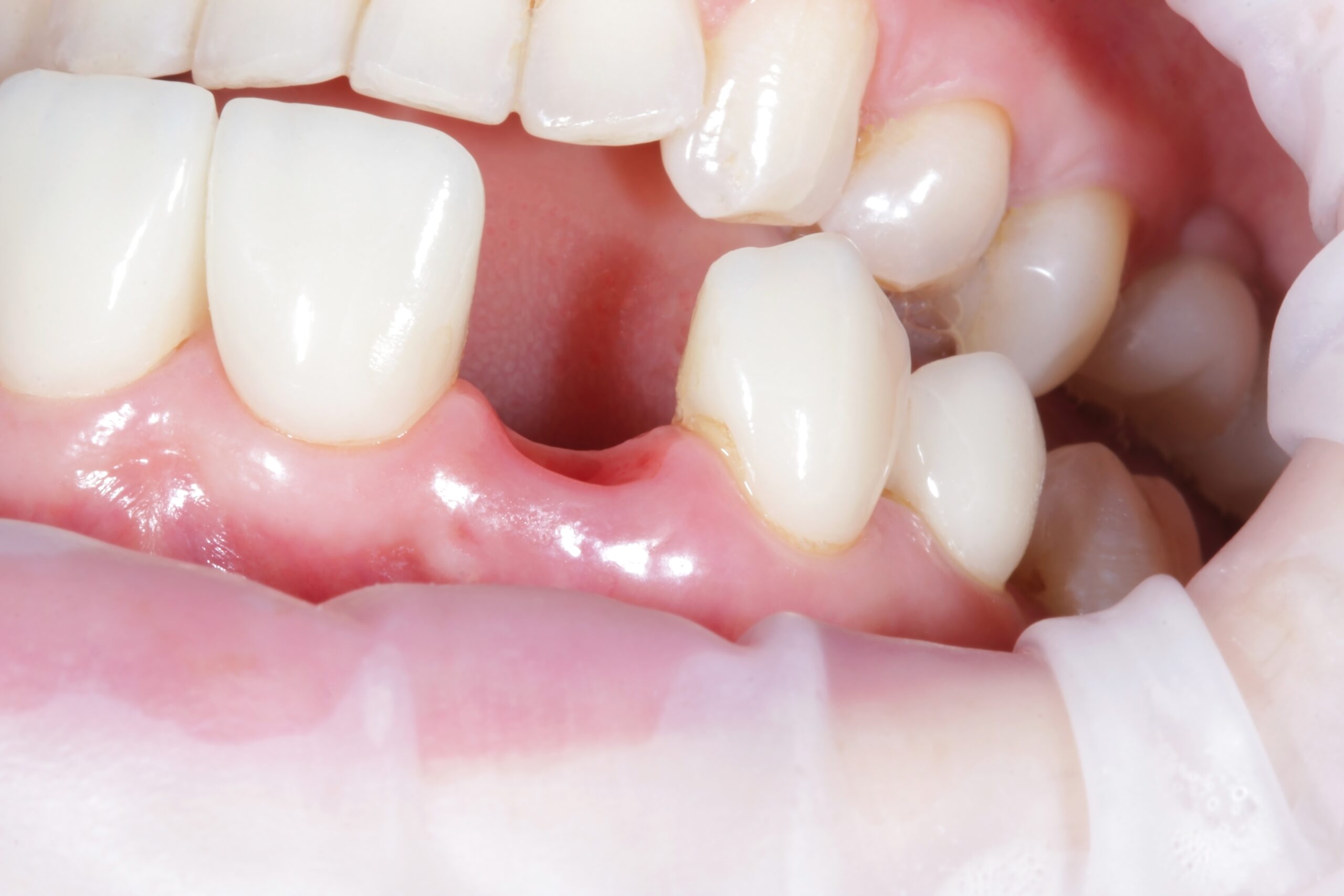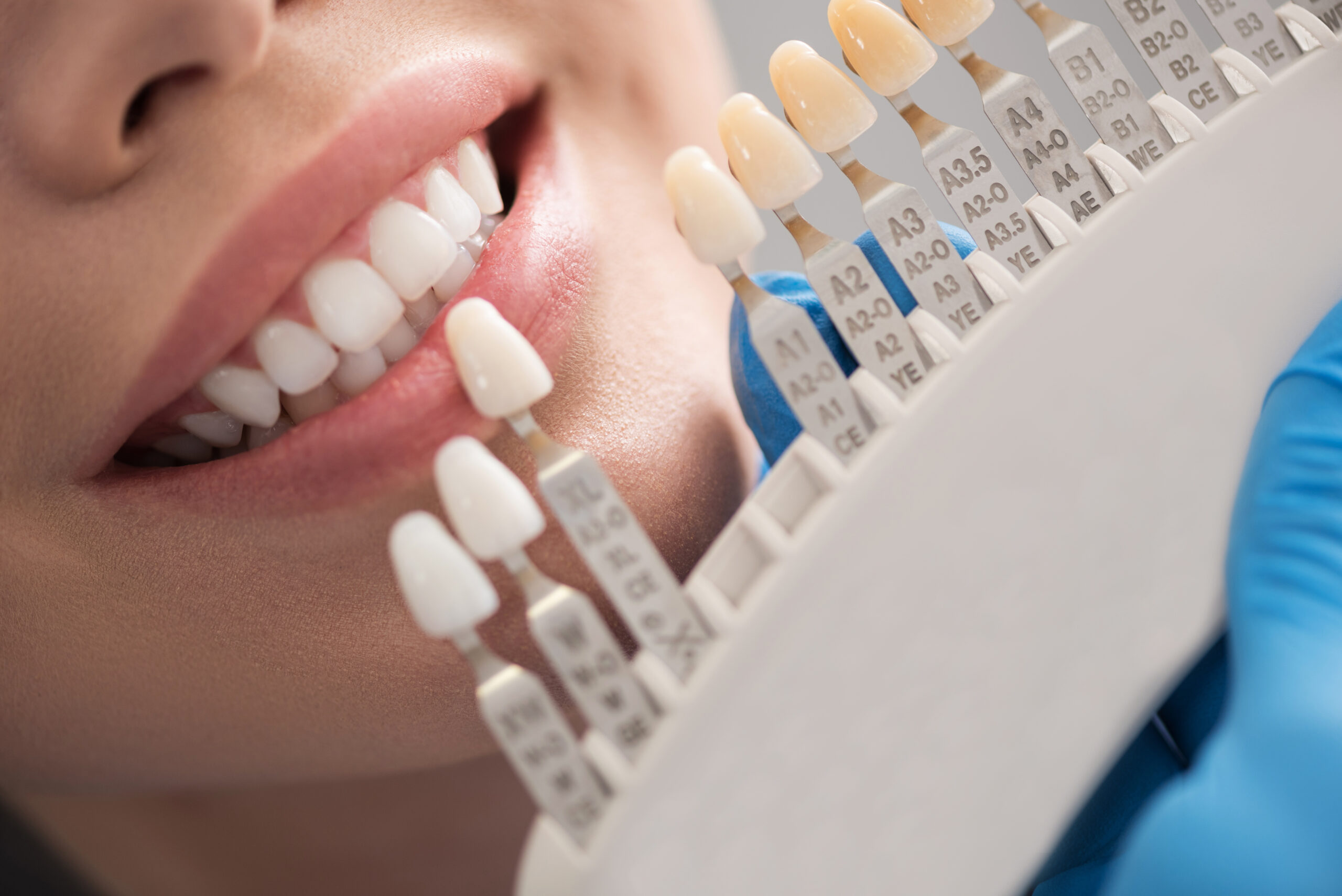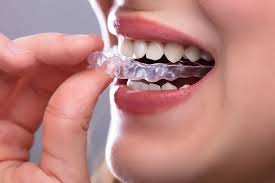Using X-Floss for Dental Implant Care
By Lee Ann Brady, DMD
Cleaning the larger gingival embrasures around a posterior dental implant can be a challenge for patients. In my practice, posterior implant patients are some of the individuals we give X-Floss samples to try at home.
X-Floss is a dental floss made by iDontix® that is designed to make flossing easier for individuals with bridges, braces, implants, or larger-than-normal gingival embrasures. It resembles yarn, has a thick texture, and has a hard end, making it easy to push under orthodontic wires, bridges, or in embrasure spaces. It effectively cleans larger spaces while remaining gentle on the gums. The soft material minimizes the risk of injury during flossing, even in subgingival areas, and it is conveniently available on Amazon and in drugstores.
There are two varieties. Green X-Floss from is too thick for some spaces. Blue X-Floss Lite is less thick and just right for some spaces. You and your hygienist may want to give samples of both to your patients to try. Some of your patients are likely to more effectively and consistently floss once they are using this type of floss.
Related Course
Surgically Facilitated Orthodontic Therapy
DATE: October 10 2024 @ 8:00 pm - October 10 2024 @ 9:00 pmLocation: Online
CE HOURS: 1
Date: October 10, 2024 Time: 8 – 9 pm ET Speaker: George Mandelaris, DDS, MS COURSE DESCRIPION Patients seeking ideal esthetics may require a more sophisticated diagnosis and treatment plan…
Learn More>












